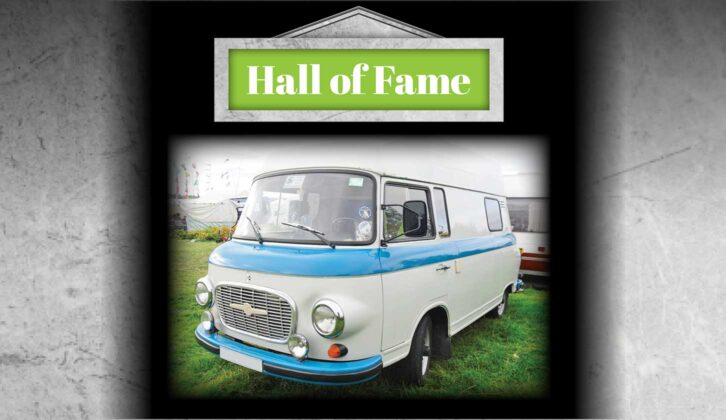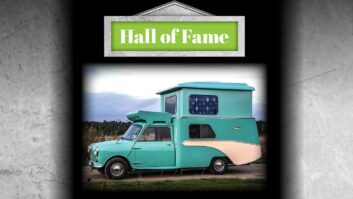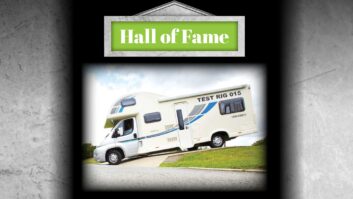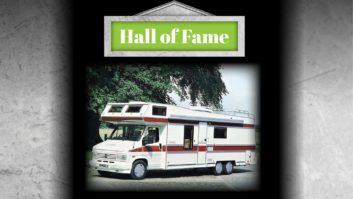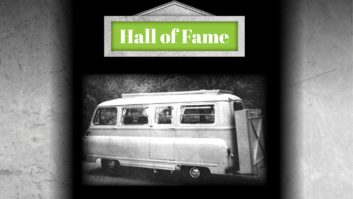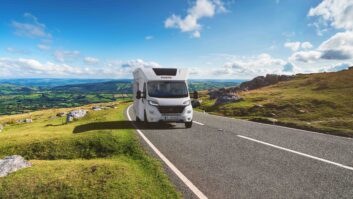The Barkas B 1000 was a product of the Cold War that was built in the German Democratic Republic (DDR) and remained in production for an amazing 30 years.
Barkas took over the site of the old Framo car factory after that was shipped, lock, stock and barrel, to the Soviet Union as part of World War Two reparations. More than 170,000 B 1000s were made, the majority powered by an in-house DKW-derived three-cylinder two-stroke engine, which commenced production at 40bhp (900cc) and ended at 52bhp (992cc).
The last 2000 models produced featured a pensioned-off VW four-stroke 1.3-litre petrol engine, built under licence. The two-stroke engines were simple and dependable, but they did smoke a lot.
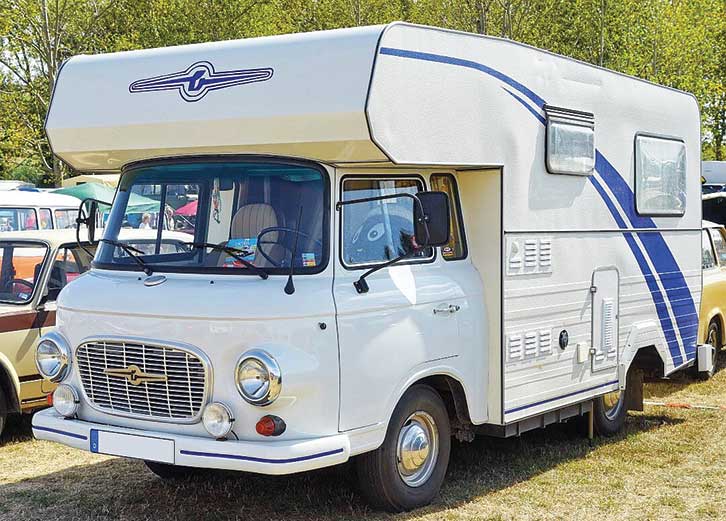
Inevitably, comparisons were made with the (West German) VW Transporter. The forward control/front-wheel-drive Barkas was the clear winner for ease of access and loading. Most spent their life as public service vehicles, but they were also used by the feared Stasi (secret police).
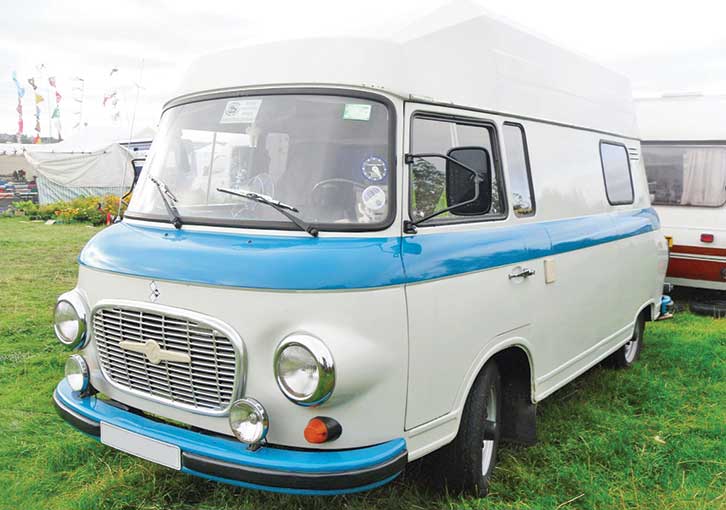
Waiting times for a private purchaser were up to 10 years, which makes the large numbers produced rather surprising. Motorhomes commercially built in the DDR were usually made by general coachbuilders or GRP moulders. DIY conversions accounted for almost half, however. Campervans were also popular, but fewer survive.
- Base vehicles built 1961-1991 in Chemnitz (then Karl-Marx-Stadt), DDR.
- Overall length: 4.6m (15’ 1”).
- Drivetrain for 99% of production: three-cylinder two-stroke petroil (mix) engine driving the front wheels via a four-speed manual gearbox.
If you enjoyed finding out about the Barkas B 1000, take a look at other recent entries into the Practical Motorhome Hall of Fame:
- Murvi Morello (1996-present): the Morello favours the long-wheelbase high-top Fiat Ducato and has a washroom which is surprisingly spacious.
- CIM Autohome (1972-1978): Gentleman Jack takes a look at the first overcab coachbuilt to achieve pan-European market penetration.
- Mini Wildgoose (1963-1968): this ‘van was targeted at ‘the retired couple who desire the carefree (travelling) life’.
If you’ve enjoyed reading this article, why not get the latest news, reviews and features delivered direct to your door or inbox every month. Take advantage of our brilliant Practical Motorhome magazine SUBSCRIBERS’ OFFER and SIGN UP TO OUR NEWSLETTER for regular weekly updates on all things motorhome related.
